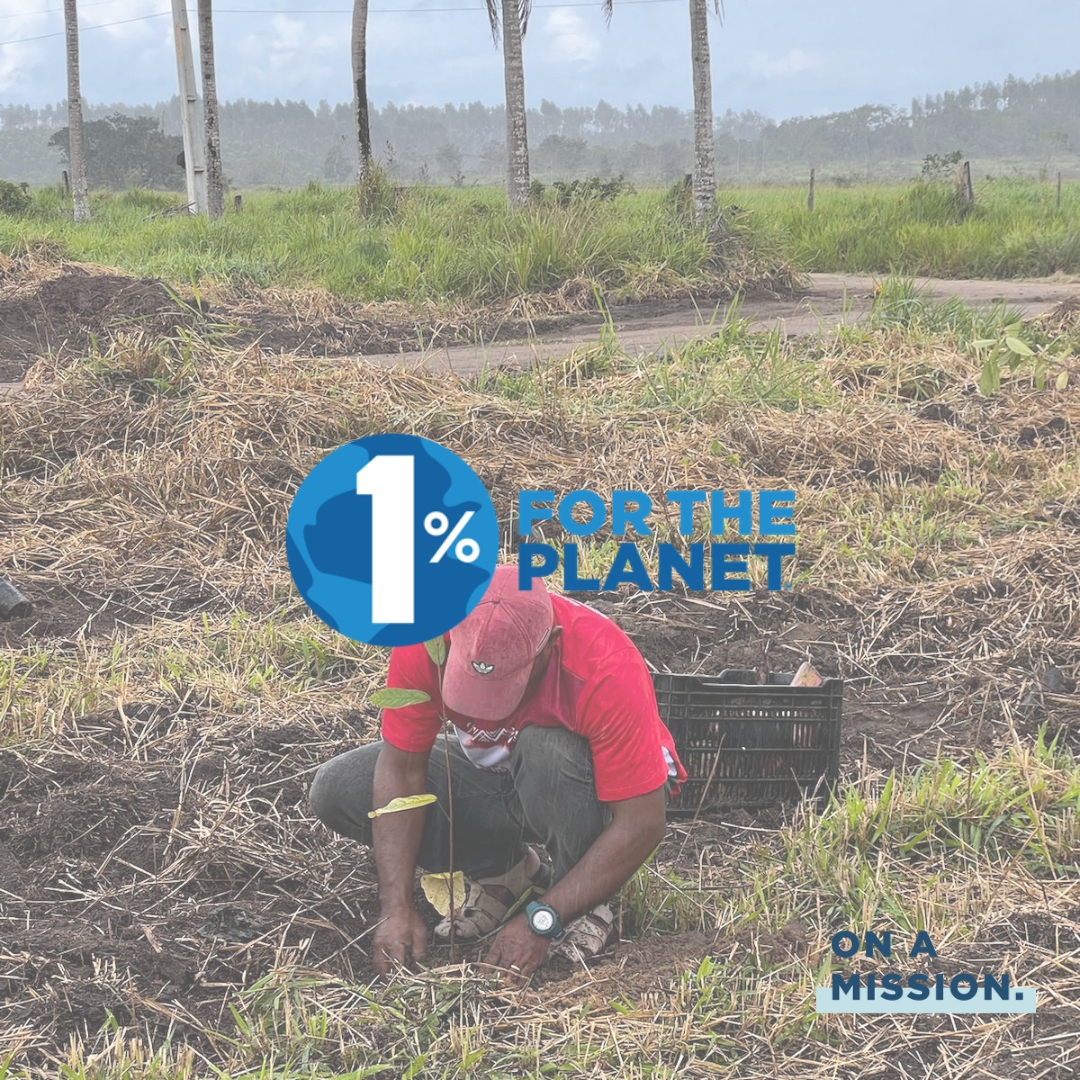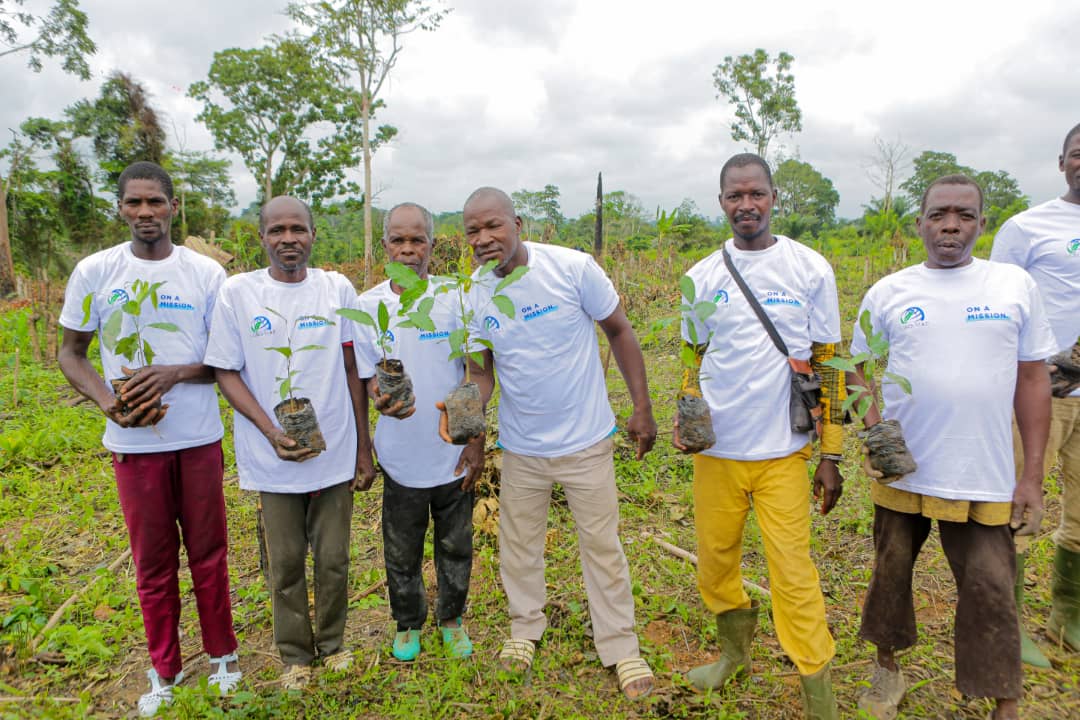Know the differences between carbon offsets, carbon credits and contributions
Carbon credits, offsets, and contributions may sound similar, but each plays a different role in climate action. At ON A MISSION, we focus on climate contributions, voluntary, purpose-driven support for reforestation projects that restore ecosystems and uplift communities. Real impact starts with understanding the difference, and choosing to act.

As awareness around climate action grows, so does the vocabulary we use to describe it. Terms like carbon credits, carbon offsets, and climate contributions often appear in the same conversations, but they each represent different approaches to addressing emissions. For individuals and businesses who want to engage meaningfully in climate solutions, understanding these distinctions is not just helpful, it’s essential.
What are Carbon Credits?
Carbon credits are the foundation of the global carbon market. They represent the right to emit one metric ton of CO₂, or its equivalent in other greenhouse gases. Often issued within a regulated cap-and-trade system, carbon credits are used by companies or governments to meet emissions limits set by law. When a company emits less than its cap, it can sell its excess credits. When it emits more, it must buy credits from others to stay compliant. It’s a system built on accountability and incentives, helping larger polluters transition towards more sustainable practices over time.
What are Carbon Offsets?
Carbon offsets are a little different. These are usually purchased voluntarily, outside of any legal obligation. Offsets aim to balance out emissions by investing in climate-positive projects elsewhere. The idea is simple: if you can’t avoid emitting carbon, you can support an initiative that reduces or removes the same amount. This could mean funding a wind farm, a methane capture program, or, what we’re most passionate about, reforestation.
What are Climate Contributions
Then there’s the idea of climate contributions. While not as widely discussed, this term is gaining traction for good reason. Carbon contributions represent voluntary, often non-market-based efforts to support climate action. There’s no certificate or carbon accounting required—just a commitment to be part of the solution. These actions might look like donating to forest restoration projects, investing in nature-based solutions, or supporting community-led sustainability efforts. In many ways, this is where climate action feels most personal and direct.
It’s also where reforestation shines brightest. Planting trees in degraded or deforested areas is one of the most accessible, transparent, and impactful ways to contribute to a better climate future. At ON A MISSION, our reforestation projects go over and above to rebuild biodiversity, protect water resources, and create lasting economic opportunities. These projects embody what climate contributions can look like when driven by purpose and backed by science.
So what now?
Each of these tools, credits, offsets, and contributions, has its place in the broader climate strategy. Carbon credits help regulate large-scale emissions. Offsets offer a bridge for those on the path to sustainability. And contributions empower anyone to get involved, regardless of size or sector. What matters most is choosing an approach rooted in transparency, impact, and long-term commitment. It’s one of the simplest, most profound ways we can give back to the planet, and at ON A MISSION, we’re here to make that possible.


